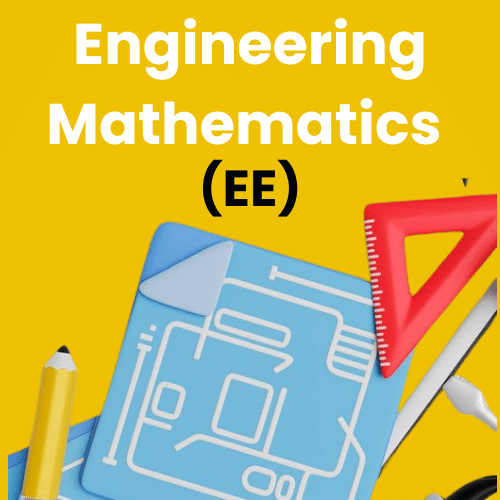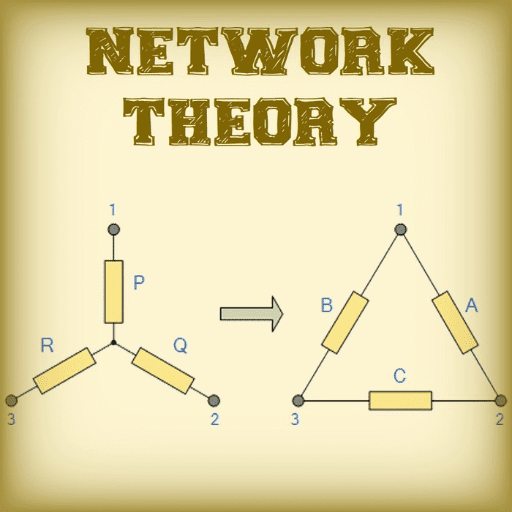Inverse of Z-Transform | Digital Signal Processing - Electronics and Communication Engineering (ECE) PDF Download
If we want to analyze a system, which is already represented in frequency domain, as discrete time signal then we go for Inverse Z-transformation.
Mathematically, it can be represented as;
x(n) = Z−1X(Z)
where x(n) is the signal in time domain and X(Z) is the signal in frequency domain.
If we want to represent the above equation in integral format then we can write it as
Here, the integral is over a closed path C. This path is within the ROC of the x(z) and it does contain the origin.
Methods to Find Inverse Z-Transform
When the analysis is needed in discrete format, we convert the frequency domain signal back into discrete format through inverse Z-transformation. We follow the following four ways to determine the inverse Z-transformation.
- Long Division Method
- Partial Fraction expansion method
- Residue or Contour integral method
Long Division Method
In this method, the Z-transform of the signal x (z) can be represented as the ratio of polynomial as shown below;
x(z) = N(Z)/D(Z)
Now, if we go on dividing the numerator by denominator, then we will get a series as shown below
The above sequence represents the series of inverse Z-transform of the given signal (for n≥0) and the above system is causal.
However for n < 0 the series can be written as;
Partial Fraction Expansion Method
Here also the signal is expressed first in N (z)/D (z) form.
If it is a rational fraction it will be represented as follows;
The above one is improper when m < n and an ≠ 0
If the ratio is not proper (i.e. Improper), then we have to convert it to the proper form to solve it.
Residue or Contour Integral Method
In this method, we obtain inverse Z-transform x(n) by summing residues of at all poles. Mathematically, this may be expressed as
Here, the residue for any pole of order m at z = β is
|
3 videos|50 docs|54 tests
|
FAQs on Inverse of Z-Transform - Digital Signal Processing - Electronics and Communication Engineering (ECE)
| 1. What is the inverse of the Z-transform in electrical engineering? |  |
| 2. How is the inverse Z-transform calculated? |  |
| 3. What are the applications of the inverse Z-transform in electrical engineering? |  |
| 4. Are there any specific formulas or properties for calculating the inverse Z-transform? |  |
| 5. Are there any limitations or challenges in calculating the inverse Z-transform? |  |


























